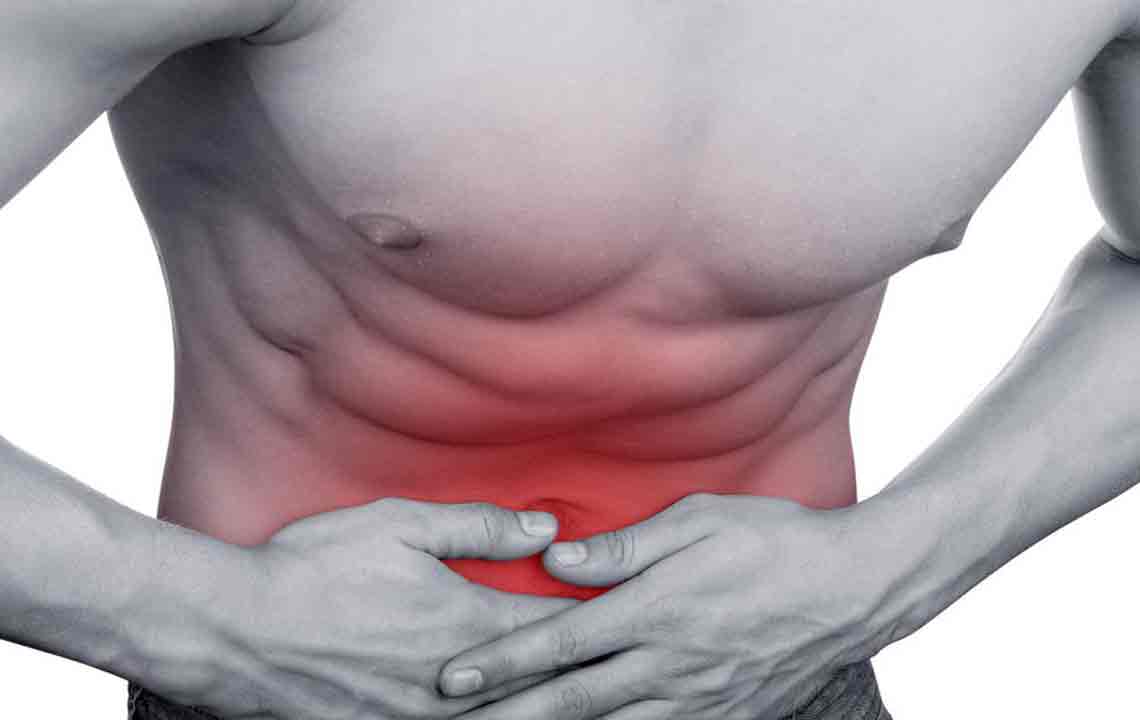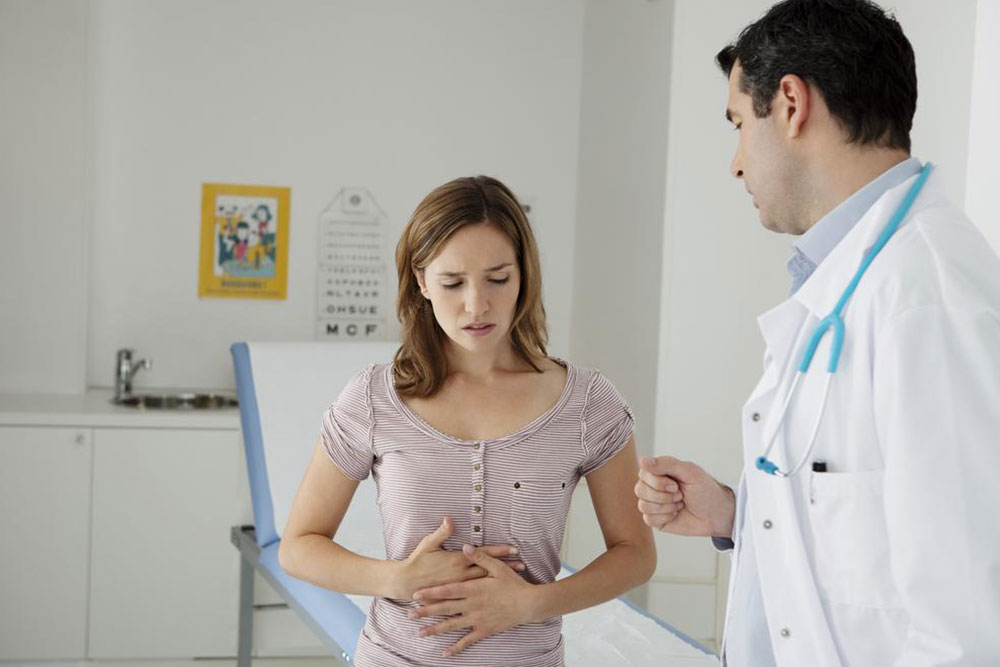Understanding Lower Abdominal Discomfort: Causes and Solutions
Lower abdominal pain is a common issue that can be caused by various factors, from minor indigestion to serious conditions like infections or reproductive issues. Recognizing symptoms and understanding when to seek medical care are crucial for proper treatment. This guide covers causes, symptoms, diagnosis, and treatment options for lower abdominal discomfort, emphasizing timely medical attention to prevent complications and ensure health recovery.

Understanding Lower Abdominal Discomfort: Causes and Solutions
Experiencing stomach pain in the lower region is common, especially among women, often leading to limited movement. Usually, such discomfort isn't serious, but it can sometimes signal a major health concern. The abdominal area lies between the chest and pelvis, including organs like the stomach, intestines, liver, spleen, bladder, pancreas, gallbladder, and adrenal glands. The lower abdomen encompasses the pelvic region containing the bladder, rectum, and reproductive organs such as the uterus, ovaries, and in men, the prostate gland.
Common causes of lower abdominal pain include indigestion, gas, food allergies, menstrual cramps, or food poisoning. While many cases resolve with rest or home remedies, persistent or severe pain warrants medical attention for accurate diagnosis. Let’s explore symptoms, causes, and when to seek professional help for lower abdominal discomfort.
The root of abdominal pain can range from simple issues like indigestion or gas to more serious conditions such as infections or inflammatory diseases. Women might experience cramps related to their menstrual cycle. Most symptoms can be managed with rest or home treatments, but ongoing or intense pain must be evaluated by a healthcare professional for proper diagnosis and treatment. Recognizing symptoms such as fever, nausea, vomiting, or abnormal bowel movements is essential to identify the underlying cause and prevent complications.
The pain might be localized to the left, right, or middle of the lower abdomen, each indicating different possible causes. Symptoms to watch for include fever, chills, tenderness, bloating, nausea, vomiting, loss of appetite, and pain worsening with movement or at night. If pain becomes severe, awakens you from sleep, accompanied by sweating or vomiting, immediate medical attention is necessary to rule out critical conditions like appendicitis or other severe infections.
Potential Causes
Lower abdominal pain often results from benign issues such as indigestion, food allergies, food poisoning, or constipation. Menstrual cramps are also a common cause, especially in women. More serious conditions include Irritable Bowel Syndrome (IBS), ulcers, pelvic inflammatory disease, Crohn’s disease, or lactose intolerance. Other health issues that require medical intervention encompass hernias, kidney stones, gallstones, acid reflux, appendicitis, endometriosis, or ovarian cysts.
When to Seek Medical Attention
If pain persists beyond a few hours, worsens, or is accompanied by symptoms like fever, diarrhea lasting over two days, dehydration symptoms, painful urination, bloody stool, abdominal tenderness, swelling, jaundice, or pregnancy signs, consult a healthcare professional immediately. Prompt diagnosis and treatment are essential to prevent complications and ensure proper recovery.
Diagnostics and Treatment Options
Doctors may recommend tests such as blood and urine analyses, endoscopy, ultrasound, X-ray, or CT scans to determine the cause of pain. Based on the findings, appropriate treatments are prescribed. It’s crucial to address persistent or severe abdominal discomfort promptly to avoid potential health risks and ensure effective management.










